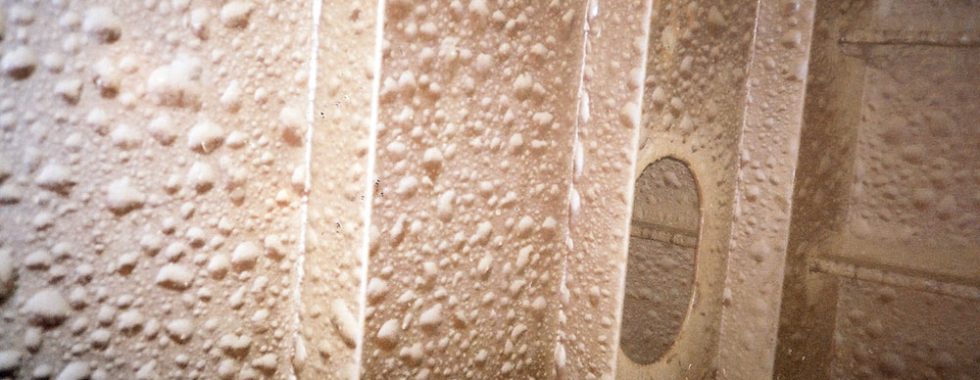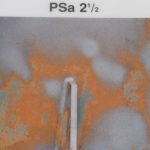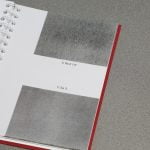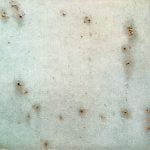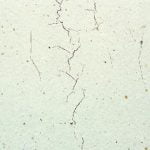Checking for blisters
There are beneficial test methods to consider when measuring the blistering of paint coatings applied to substrates, notably those described by ASTM.
It’s clear that possession of good knowledge plays an important role in the completion of a successful coatings survey, but it’s also important to have a deep and full appreciation of the specific test methods such ASTM D714 that relate to assessing a system’s weakness.
Relying on the use of photographic reference standards, this test method should be used to evaluate the degree of blistering that takes place when paint systems are subjected to conditions that lead to blistering. These conditions are numerous and include, among others, soluble salts, soluble pigments, moisture, retained solvents and thermal gradients.
ASTM D714, which provides a standard way of describing the size and density of the blisters to draw comparisons of severity, is used principally on metal and other nonporous surfaces. However, it’s also a suitable way to evaluate blistering on wood and other porous surfaces if the size of blisters falls within the scope of the standard. When the reference standards are used as a specification of performance, the permissible degree of blistering must be agreed upon between the coating system’s purchaser and seller.
It must also be acknowledged that ASTM D714 does not purport to address all of the safety concerns, if any, associated with its use. It’s the responsibility of the coatings surveyor to establish appropriate safety, health, and environmental practices for the survey and then prior to use, determine the applicability of regulatory limitations.
Photographs are included to illustrate the size and frequency of blistering and any description should cover four characteristics: size distribution of the blistering in terms of mensuration units; frequency of occurrence per unit area; pattern of distribution over the surface; and shape of blister. To carry out the test, the paint film should be subjected to agreed conditions and followed up by an evaluation of the film to gauge the degree of blistering – dense, medium dense, medium and few – by comparison with the photographic standards.
A final report should be prepared to designate the test procedure and the size of the blisters along with the qualitative term or symbol indicating the frequency. If necessary, an additional phrase to describe the distribution pattern such as ‘small clusters’ or ‘large patches’ can be included to augment the recording of an area that has a non-uniform pattern.
It’s clear that evaluating the degree of blistering is important during the inspection and assessment of protective coatings, helping to determine their viability, integrity and durability. So comprehensively observing this test method will go a long way to ensuring coatings protect as designed and continue to deliver long term performance. More about ASTM D714 at Fitz’s Atlas of Coating Surveys at https://fitzsatlas.com/

